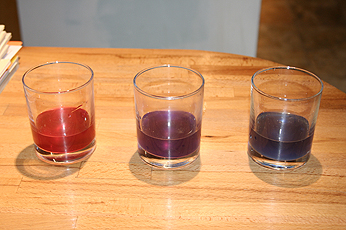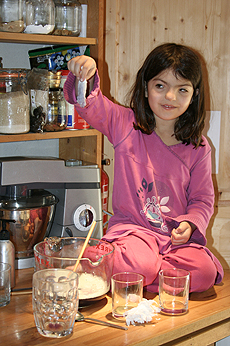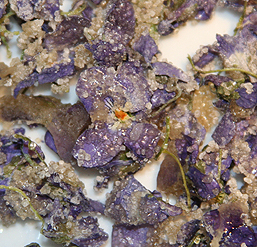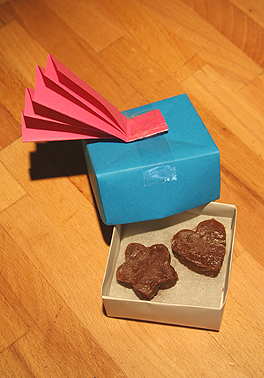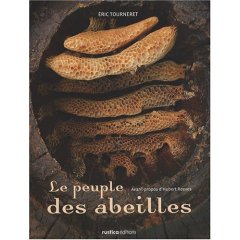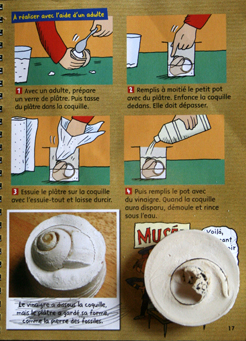Here are a couple of things we’re going to be working on that I think will be a help to Antonia’s literacy in the long-term.
Greek letters. They’re used in a lot of mathematical and scientific contexts, they’re easy and fun to learn when you’re young, and if you don’t learn them you will one day finding yourself reading passages like: “(shape) over d (unknown symbol) (other shape) equals the ultimate answer; where (shape) is the Infinity Constant and (other shape) is the hypotenuse of the space-time continuum”. In other words, you will have enough problems to be going on with, without having to keep shape and other shape straight in your mind.
I found the Open University’s set of applets for learning the Greek letters to be very nice and efficient. The one on trying to put together Greek words at the end is just a bonus for our current purposes.
Roman numerals. These might be a mere curiosity in some cultures. True, they often appear decoratively on clocks, but in the end, most of us go by position, rather than reading the numbers. In France though, it’s customary to express the centuries in Roman numerals. ‘XVIIeme siecle’ is the 17th Century and so on. That’s a nice little addition to the already pressing need to keep straight the idea that the17th Century belongs with the 1600s. Antonia has nearly reached the age where she will find it helpful to have instant recognition of all the numerals up to XXI.
I was surprised that I couldn’t find any nice applets for teaching kids the Roman numerals from scratch so I’m resorting to good old-fashioned flashcards. The first 8 have the individual numerals I, V, X, L, C, D and M. The next set have I to XXI with the range of years corresponding to the century on the back. The last set are more individual numerals for building numbers with.
